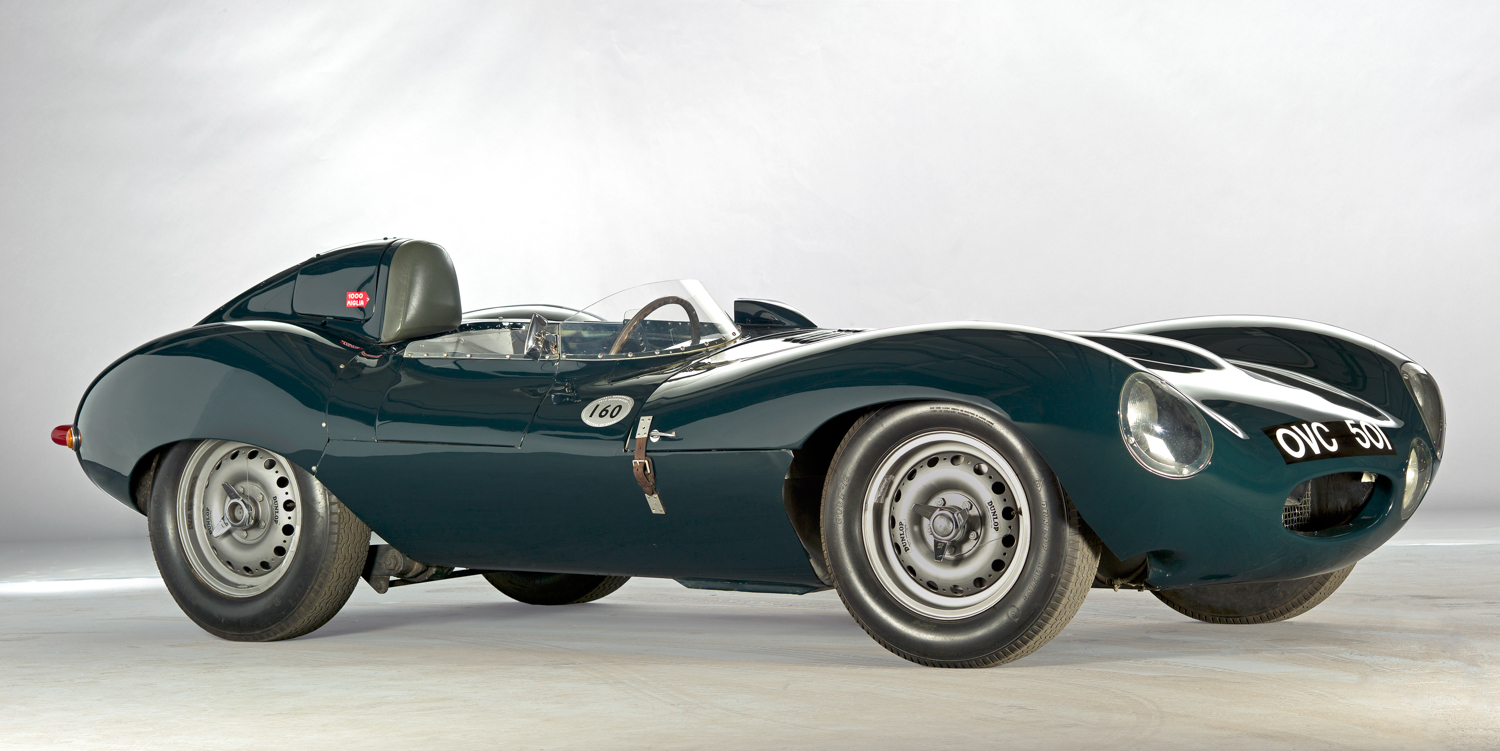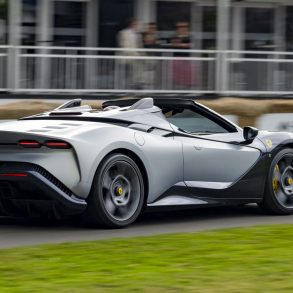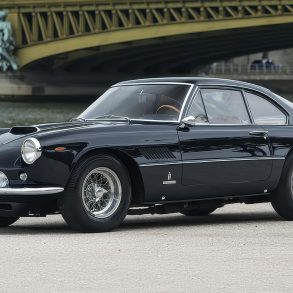
At the end of June, a commercial tribunal, in Bologna, Italy, handed down a stunning decision that could have massive implications for the collector car world. And yet, I’ve hardly seen a mention of it in anywhere in the automotive media world. The case in question was a lawsuit, brought by Ferrari, who was suing to stop a small Modenese shop from building replicas of the haloed 250 GTO.
Say what you will about Ferrari, but for decades they have been one of the most aggressive auto manufacturers, in terms of asserting their intellectual property rights. Unauthorized use of the Ferrari logo—cease and desist letter. Unauthorized reproduction of Ferrari scaled miniatures—lawsuit. Those boys in Modena don’t mess around.

So when plans were announced by a cross-town concern to construct 250 GTO replicas, Ferrari lodged a petition to have the design and intellectual property rights associated with the GTO officially protected. And, depending on your perception of the Italian courts, surprisingly (?) the tribunal agreed with Ferrari.
“The customization of the car’s lines and its aesthetic elements have made the 250 GTO unique, a true automobile icon,” the tribunal stated in its decision. The GTO’s “artistic merits” had been recognized by “numerous awards and official testaments.” In essence, the tribunal declared the GTO a work of art, no different than Michelangelo’s “David” or Raphael’s “The Sistine Madonna.”
“It’s the first time in Italy that a car has been recognized as a work of art,” a Ferrari spokesperson told Britain’s The Daily Telegraph. “It’s not just its beauty that makes it special – it also has a long racing history.”
The ruling went on to state, “the customization of the car’s lines and its aesthetic elements have made the 250 GTO unique, a true automobile icon.” As a result, the tribunal declared that the production, commercialization and promotion of the model belonged solely to Ferrari.
So while this decision made minor “lifestyle” news—mostly sensationally focused on the $40-55 million value of the 36 existing Ferrari GTOs—what seems to have been lost in the shuffle is the potentially wide-ranging implications this decision could have across the collector car world and even the broader automotive industry.
While the GTO is certainly a beautiful, historic and now valuable design, it’s subjectively no more unique than say the Jaguar D-Type or the Porsche 550 Spyder. But what if this Italian decision becomes precedent setting? What if other major manufacturers like Jaguar and VW/Porsche decide that they too want to assert their rights to their own “works of art”? This one, seemingly innocuous case in Bologna could end up creating a very slippery slope for the automotive world. Not only would potential replicas, reproductions and “tribute cars” get caught up in this, but keep in mind, the tribunal’s decision also covered the “commercialization and promotion.” With this added protection, even reproductions of the likeness of those vehicles—photographs, artwork, models, t-shirts!—could potentially be protected and thus require a licensing agreement (read fee) for their use. Where does this end? How far could it go?

Finally, playing Devil’s Advocate (or maybe Enzo’s Advocate, in this case), if one car design can be declared a work of art, why not all of them? One-off racing specials like the Ol’ Yallers are certainly historic and unique. But who owns the rights to that design? The family of Max Balchowsky, the original creator? Or Dr. Ernie Nagamatsu, the car’s current owner?
This decision could open up a very complicated and challenging new chapter in the collector car world. Could be difficult times ahead…unless, of course, you’re both an automotive enthusiast and a patent attorney!












